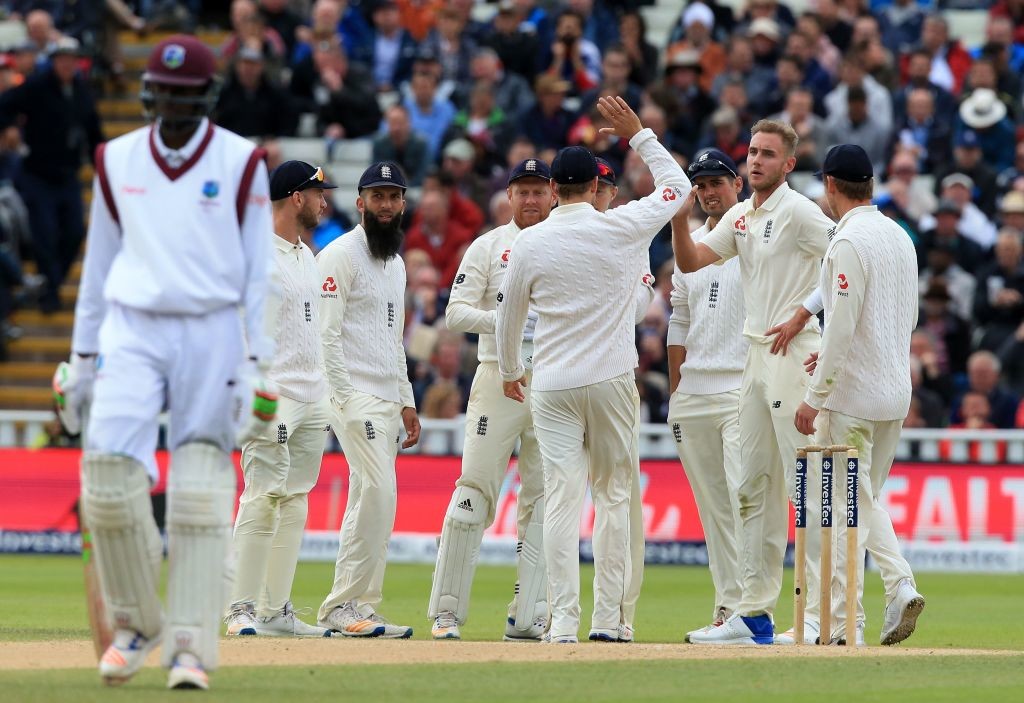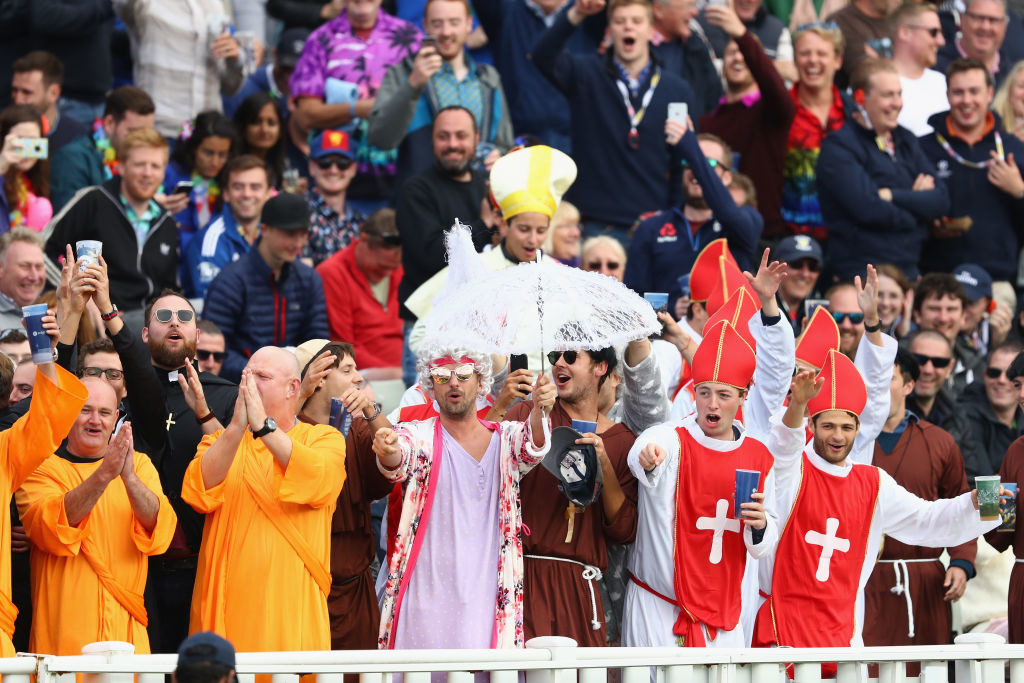
West Indies’ abject defeat to England in the first-ever day-night Test at Edgbaston has once again reignited the debate around the need for a two-tier Test system.
That Test cricket is dying and requires radical changes is a conversation as old as time. Last year, the ICC proposed the concept of a two-tier model during its annual conference in Scotland.
The plans – which would have seen a seven-team top division and the remaining three full members battle it out among themselves along with new Test nations Ireland and Afghanistan, were scrapped by the governing body in September 2016.
On paper, the system came up with the notion that each nation would play every team in their division at least once over the course of a two-year cycle, with a promotion and relegation-based system similar to club football.
The Bangladesh Cricket Board voiced its opposition to the idea from the very onset while their counterparts in Sri Lanka and India also expressed their disapproval.
The concerns of the Sri Lankan and Bangladesh boards were based on the fact they could miss out on the seven-team top division. Differently, the BCCI were said to be reluctant due to a moral responsibility not to ignore smaller nations.
Zimbabwe joined in the original three protesters while the other six full members: England, Australia, Pakistan, New Zealand, South Africa and West Indies all publically supported the concept.
Watching this West Indies team is heartbreaking. It must be very painful for a great like Michael Holding to commentate on #Cricket #ENGvWI
— Saj Sadiq (@Saj_PakPassion) August 19, 2017
Recent attempts to reinvigorate the public’s interest in the purest format of the game has of course seen the introduction of day-night competition with the pink ball.
The Edgbaston Test was the fifth of its kind after Australia and New Zealand had been the first adopters in November 2015. Pakistan, West Indies and now England have followed suit while Sri Lanka will get its first taste in the UAE later this October.
To be fair, the novel approach seems to have rekindled some interest in the red-ball format with over 70,000 tickets being sold for the first three days at Edgbaston. That the visitors folded by Saturday itself might have been a blessing in disguise for the England and Wales Cricket Board (ECB), which had apparently budgeted for a three-day Test – according to ESPNcricinfo’s George Dobell.
We will never know if that curious decision was taken in light of the Caribbean side’s recent woes in whites. Nevertheless, England have never had a problem selling out Test matches, or any format for that matter. A spectacle of a poor West Indies side though just isn’t good for the game going forward.
Former paceman, ‘Whispering Death’ Michael Holding, did not mince his words after the hosts’ demolition of his team on Saturday night.
“I played Test cricket for 12 years. I never played a Test match against Sri Lanka because at that time Sri Lanka just weren’t good enough to play the West Indies,” he said.
“What is the point of having a contest like this? It is not good for cricket.”

The West Indies lost 19 wickets on the third day in Birmingham.
Similarly to the Caribbean outfit, Sri Lanka, who were the example cited by Holding for struggling during his playing days, have declined rapidly.
India recently trounced Lanka in a three-day Pallekele Test en-route to a 3-0 clean-series sweep. It was their second whitewash in the past eight months, with the Proteas routing the Islanders back in December 2016.
Although the two-tier proposal was shelved last year, it was revealed that the players’ global body – the Federation of International Cricketers’ Association – had seen 72 percent of its members back the new Test set-up.
With the commercial gains from the T20 competition ever-increasing, the threat to Test cricket multiplies by the same token. The time may come soon when playing the five-day format does not make financial sense for participating members – that is a big worry for the future of the game’s most historic format.
Even if changes were implemented, such as the new structures, one could argue that there is no guarantee that a Test between the likes of West Indies and Sri Lanka would draw in much of a crowd.
With the current ICC Future Tours Programme (FTP) running until 2019, any drastic changes to the current model will have to wait until then, though Ireland have wasted no time in asking the ECB to stage a Test between the two at Lord’s in two years’ time.

Crowd numbers remain high for ‘big three’ clashes.
While the two latest entrants into the Test club will be eyeing the lucrative bilateral-series against the top nations, it is highly doubtful that they will be getting the red-carpet treatment by those just yet.
A one-off Test against the giants of the game could come about in every blue moon or so but a full bilateral series will be hard to come by at an age when cricket boards around the world are struggling to fill their coffers with the game.
The shelved proposal may have remained imperfect but the desperate need of the hour at the moment is to make Test cricket competitive for it to even be considered an attraction for the viewers.
Crowds in the Tests between the big teams like England, Australia and South Africa still show up en masse but television viewerships remain a broadening concern in many countries.
Whether the ICC will re-consider restructuring Test cricket remains to be seen, but as of now that question must be asked.